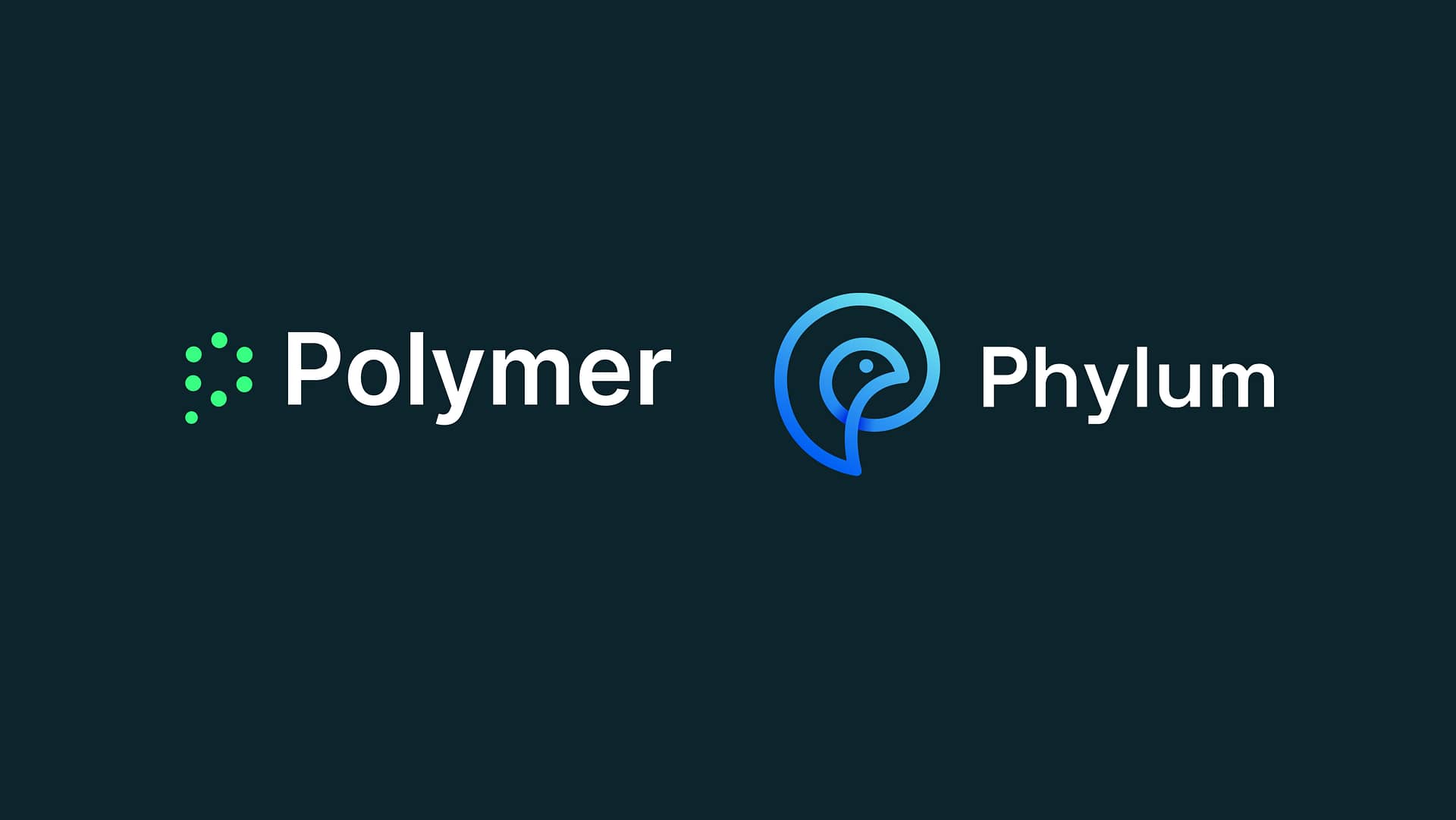Many organizations are only beginning to tap into the true potential of generative AI. While early adoption centered on automating routine tasks like drafting emails and summarizing reports, the technology has rapidly advanced. With innovations like Retrieval-Augmented Generation (RAG) and enterprise-grade AI solutions, generative AI is now capable of delivering real-time, business-specific insights—driving smarter decisions and unlocking new efficiencies.
This transformation is already underway. Forward-thinking companies have begun to strategically integrate the next wave of generative AI solutions, and are seeing measurable gains as a result. To stay competitive, enterprises must move beyond experimentation and deploy generative AI where it delivers the greatest impact.
Here are the top use cases making a difference today.
What is generative AI?
Generative AI, commonly referred to as genAI, is a type of artificial intelligence designed to create human-like content, including text, images, code, and more. Unlike traditional AI models that classify, predict, or analyze data, generative AI generates new content based on patterns it has learned from vast datasets. It works by leveraging deep learning techniques, such as transformer-based models (e.g., ChatGPT), which process and understand language contextually. This allows it to produce coherent, context-aware responses, making it useful for tasks like drafting emails, summarizing reports, generating creative content, and even assisting with coding.
However, traditional generative AI models have limitations. Since they rely on a fixed dataset for training, their knowledge can become outdated, and they sometimes generate inaccurate or misleading responses—a problem known as “hallucination.” This is where retrieval-augmented generation (RAG) enhances generative AI, making it more reliable and context-aware.
RAG improves generative AI by allowing it to retrieve real-time, relevant information from external or proprietary data sources before generating a response. Instead of relying solely on pre-trained knowledge, RAG enables AI models to search for and incorporate the latest information from databases, documents, APIs, or even the web. This means responses are not only more accurate but also tailored to specific business needs.
For enterprises, RAG-powered generative AI provides significant advantages. It can pull company-specific insights, product details, and policy updates from internal systems, ensuring employees and customers receive up-to-date information. This makes generative AI a more trustworthy and impactful tool for organizations looking to boost efficiency.
Internal knowledge discovery
In large enterprises, vast amounts of valuable information are often buried across multiple systems—spanning internal wikis, databases, emails, and documents. Finding the right data quickly is often a challenge, leading to inefficiencies and lost productivity. This is where AI for internal knowledge discovery comes into play.
Generative AI can integrate with enterprise data sources—such as document repositories, customer relationship management (CRM) systems, enterprise resource planning (ERP) tools, and cloud storage—allowing users to find insights without switching between platforms.
Instead of manually searching through scattered resources, employees can simply ask an AI tool a question in plain language. The AI then retrieves the most relevant, up-to-date information, synthesizes it, and delivers an accurate response.
While it might sound futuristic, these kinds of AI solutions are already in existence. Google Gemini, IBM’s Watson and Microsoft Copilot can all be configured to enhance internal knowledge discovery, enabling organizations to better manage and utilize disparate internal data sources.
Customer service
Customer service has long been plagued by frustrating, impersonal interactions. Traditional chatbots, limited by rigid rule-based programming, fail to understand nuanced inquiries, leaving customers stuck with generic, unhelpful responses. They struggle to process complex questions, lack contextual awareness, and provide little beyond scripted FAQ-style answers—resulting in slower resolutions and diminished customer satisfaction.
Generative AI, on the other hand, delivers a more intelligent, personalized customer experience. Unlike static chatbots, AI can understand intent, learn from interactions, and pull real-time information from multiple sources. This allows it to handle a wide range of customer needs.
Another key advantage of generative AI is its ability to operate across multiple channels and formats. Unlike basic chatbots that function within a single messaging interface, AI tools can assist customers through text, voice, and even visual inputs. For example, an AI solution could guide a customer through troubleshooting a device by analyzing an uploaded photo or provide spoken step-by-step instructions via a voice assistant.
Major companies are already integrating AI assistants to improve customer interactions. Best Buy, for example, has launched a generative AI-powered virtual assistant to streamline customer support enquiries, whilst Volkswagen has embraced AI with a virtual assistant in its myVW app, allowing drivers to easily understand and access vehicle information and services.
Automating low-value tasks
Repetitive, low-value tasks consume an enormous amount of time and resources in the workplace. Employees often spend hours manually drafting emails, summarizing meetings, managing documentation, or handling administrative work—tasks that, while necessary, do little to drive innovation or strategic growth. Beyond being time-intensive, these repetitive processes can lead to burnout, inefficiencies, and human errors, ultimately limiting productivity and preventing employees from focusing on more meaningful, high-impact work.
Generative AI, enhanced by RAG, is transforming the way organizations handle these tasks. By pulling real-time, relevant information from internal and external sources, AI-powered tools can automate and optimize workflows, ensuring accuracy while significantly reducing the time spent on mundane activities.
Companies are already seeing tangible benefits. FinQuery, a fintech company, has leveraged Gemini for Google Workspace to enhance collaboration, automate email drafts, and assist in project management—freeing employees to focus on more strategic initiatives. Meanwhile, Commerzbank, one of Germany’s largest banks, has deployed an AI system to automate client call documentation, reducing processing time and enabling financial advisors to spend more time building client relationships and delivering personalized financial advice.
Enhancing forecasting
Forecasting is a critical yet complex challenge across industries. In retail and consumer packaged goods (CPG), demand fluctuations, seasonal trends, and shifting consumer preferences make accurate forecasting difficult, often leading to either excess inventory or missed sales opportunities. Financial institutions struggle with market volatility, regulatory changes, and macroeconomic factors that can disrupt even the most sophisticated predictive models.
Meanwhile, in manufacturing and industrial sectors, unexpected equipment failures drive up costs and cause delays, making predictive maintenance essential to avoid unplanned downtime. But despite advances in traditional forecasting methods, businesses still face gaps in real-time adaptability, data integration, and trend analysis.
Generative AI is reimagining forecasting. It can analyze vast, dynamic datasets in real time, identifying patterns that humans might overlook, and adapting to new information instantly. Unlike static predictive models, AI-powered systems can pull from multiple sources—historical sales data, social media sentiment, supplier insights, and even weather reports—to generate more precise, adaptable forecasts. In retail, this means aligning production with demand more efficiently; in finance, it enables more informed risk assessments; and in manufacturing, it helps preempt equipment failures before they disrupt operations.
Zara is a prime example of AI-driven forecasting in action. The fashion giant integrates AI to analyze customer feedback, sales trends, and insights from store managers—allowing them to adjust production in real time. This ensures they’re not just avoiding excess inventory but also capitalizing on emerging micro-trends that can define a season’s success. More impressively, AI is now influencing design decisions, identifying which garment features—such as necklines or trending colors—are resonating with consumers. In essence, Zara is leveraging AI as a 24/7 digital focus group, enabling them to stay ahead in a fast-changing industry.
Employee training
It’s no secret that traditional workplace training is inefficient, time-consuming, and disconnected from employees’ actual workflows. Many organizations rely on one-size-fits-all training programs, where employees sit through lengthy sessions or read static documentation that may not be immediately relevant to their tasks. This approach has several drawbacks: low retention rates, lack of real-world application, and delayed learning—employees might not remember critical information when they need it most. Additionally, traditional training methods often fail to adapt to individual learning needs, making it difficult for employees to apply knowledge effectively in their daily roles.
Generative AI is changing the game, embedding learning directly into workflows and delivering real-time, context-aware guidance. Instead of relying on static materials, AI-powered systems can provide instant, tailored insights based on the task at hand. Whether it’s assisting employees with complex software, guiding them through compliance protocols, or reinforcing cybersecurity best practices, AI ensures that learning happens at the moment of need—leading to better knowledge retention and immediate application.
Take PolymerHQ—a codeless solution that leverages AI-driven, in-the-moment active learning nudges to improve cybersecurity resilience. Instead of requiring employees to complete periodic security modules, PolymerHQ proactively alerts users in real time when they’re about to share sensitive information improperly—such as sending a confidential document to an unauthorized recipient. These AI-generated nudges reinforce security best practices in the exact moment they’re needed, reducing human error and creating a culture of security over time.
Balancing security and productivity
While generative AI offers powerful benefits, it also introduces significant security risks. For one, AI models trained on internal company data may unintentionally surface proprietary or confidential information in responses, granting unauthorized users access to sensitive insights.
There’s also the risk of employees and customers unknowingly inputting private data into AI systems, creating long-term exposure risks. Worse, AI tools—like any IT system—can be targeted and manipulated by bad actors, leading to large-scale data breaches that compromise intellectual property, personal information, and regulatory compliance.
Without the right safeguards in place, generative AI can become a minefield of data leaks, compliance violations, and reputational damage. To harness AI’s benefits without introducing unnecessary risk, organizations must implement a security-first approach—one that governs every AI interaction, protects sensitive data in real time, and ensures compliance with industry regulations.
This is where PolymerHQ comes in. The platform is purpose-built to secure sensitive data in AI-powered workflows, providing continuous, real-time protection against data exposure. While some data protection tools generate a barrage of false positives, PolymerHQ’s self-learning engine intelligently adapts to context—accurately distinguishing high-risk actions from safe ones with high fidelity. The result is seamless security without disrupting productivity, empowering organizations to fully leverage generative AI while maintaining control over sensitive information.
Request a demo today to see how PolymerHQ can help safeguard your AI-powered workflows.








